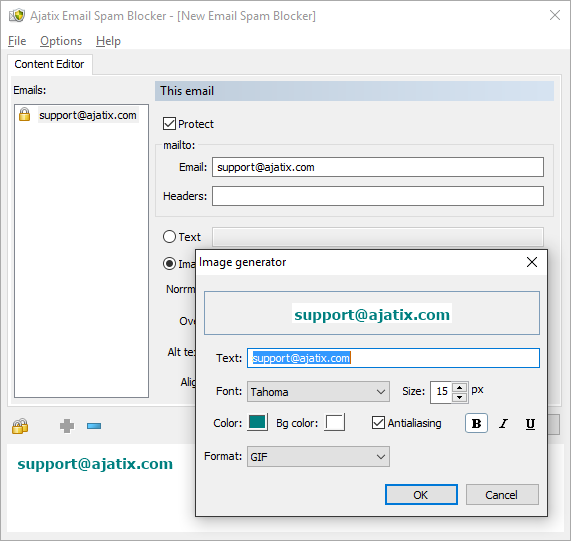

Translator files are stored in the Configuration/Translators folder.Dreamweaver Extension for CI 2.x - Printable Version
#Dreamweaver extention code#
These extensions also lock the non-HTML code to prevent Adobe Dreamweaver from parsing it. Server model files are stored in the Configuration/ServerModels folder.ĭata translator extensions convert non-HTML code into HTML that appears in the Design view of the document window. Server model extensions are needed only for custom server solutions, different languages, or a customized server. Adobe Dreamweaver supports the most common server models (ASP, JSP, ColdFusion, PHP, and ASP.NET). Server model extensions let you add support for new server models. Components is the term that Adobe Dreamweaver uses to refer to some of the more popular and modern encapsulation strategies, including web services, JavaBeans, and ColdFusion components (CFCs). Server Format extensions let you define formatting for dynamic data.Ĭomponent extensions let you add new types of components to the Components panel. Data source extension files are stored in the Configuration/Data Sources folder.
#Dreamweaver extention plus#
Data source extensions appear on the Plus ( +) menu of the Bindings panel. Server behavior files are stored in the Configuration/Server Behaviors folder.ĭata source extensions let you build a connection to dynamic data stored in a database. Server behaviors appear on the Plus ( +) menu of the Adobe Dreamweaver Server Behaviors panel. The server-side code performs tasks on the server when the document is viewed in a browser. Server Behavior extensions add blocks of server-side code (ASP, JSP, or ColdFusion) to the document. Behavior files are stored in the Configuration/Behaviors/Actions folder. Behavior extensions appear on the Plus (+) menu of the Adobe Dreamweaver Behaviors panel. The JavaScript code performs a specific task in response to an event when the document is viewed in a browser. Floating panel files are stored in the Configuration/Floaters folder.īehavior extensions let users add JavaScript code to their documents. They can also display useful information. Floating panels can interact with the selection, the document, or the task. Inspectors are stored in the Configuration/Inspectors folder.įloating Panel extensions add floating panels to the Adobe Dreamweaver UI. Most of the inspectors in Adobe Dreamweaver are part of the core product code and cannot be modified, but custom Property inspector files can override the built-in Adobe Dreamweaver Property inspector interfaces or create new ones to inspect custom tags. Property Inspector extensions appear in the Property inspector panel. Tag Library and Editor extension files are stored in the Configuration/TagLibraries folder. Tag Library and Editor extensions can modify attributes of existing Tag Dialogs, create new Tag Dialogs, and add tags to the tag library. Tag Library and Editor extensions work with the associated tag library files. You can also use the Results Window API to create a stand-alone report. Report extensions can add custom site reports or modify the set of prewritten reports that come with Adobe Dreamweaver. Toolbar files are stored in the Configuration/Toolbars folder. New toolbars appear below the default toolbar. Toolbar extensions can add elements to existing toolbars or create new toolbars in the Adobe Dreamweaver UI. The Menu Commands API also lets you create a dynamic submenu.

Menu Command extensions expand the Command API to accomplish tasks related to calling a command from a menu. Command files are stored in the Configuration/Commands folder. Command files are typically invoked from the Commands menu, but they can also be called from other extensions. Object files are stored in the Configuration/Objects folder.Ĭommand extensions can perform almost any specific task, with or without input from the user. It can also contain a form that gathers input from the user and JavaScript that processes the input. An object is typically used to automate inserting code into a document. Insert Bar object extensions create changes in the Insert bar. The following list describes the types of Adobe Dreamweaver extensions that are documented in this guide:


 0 kommentar(er)
0 kommentar(er)
